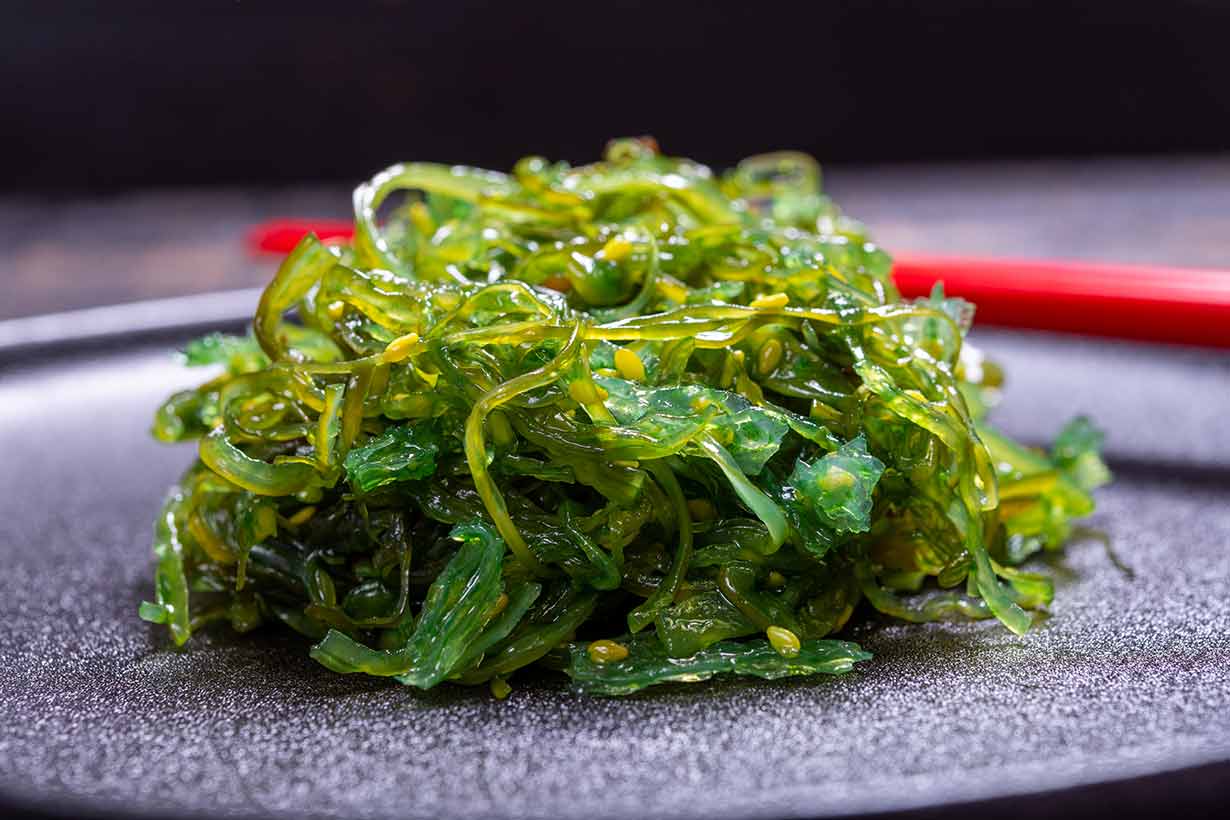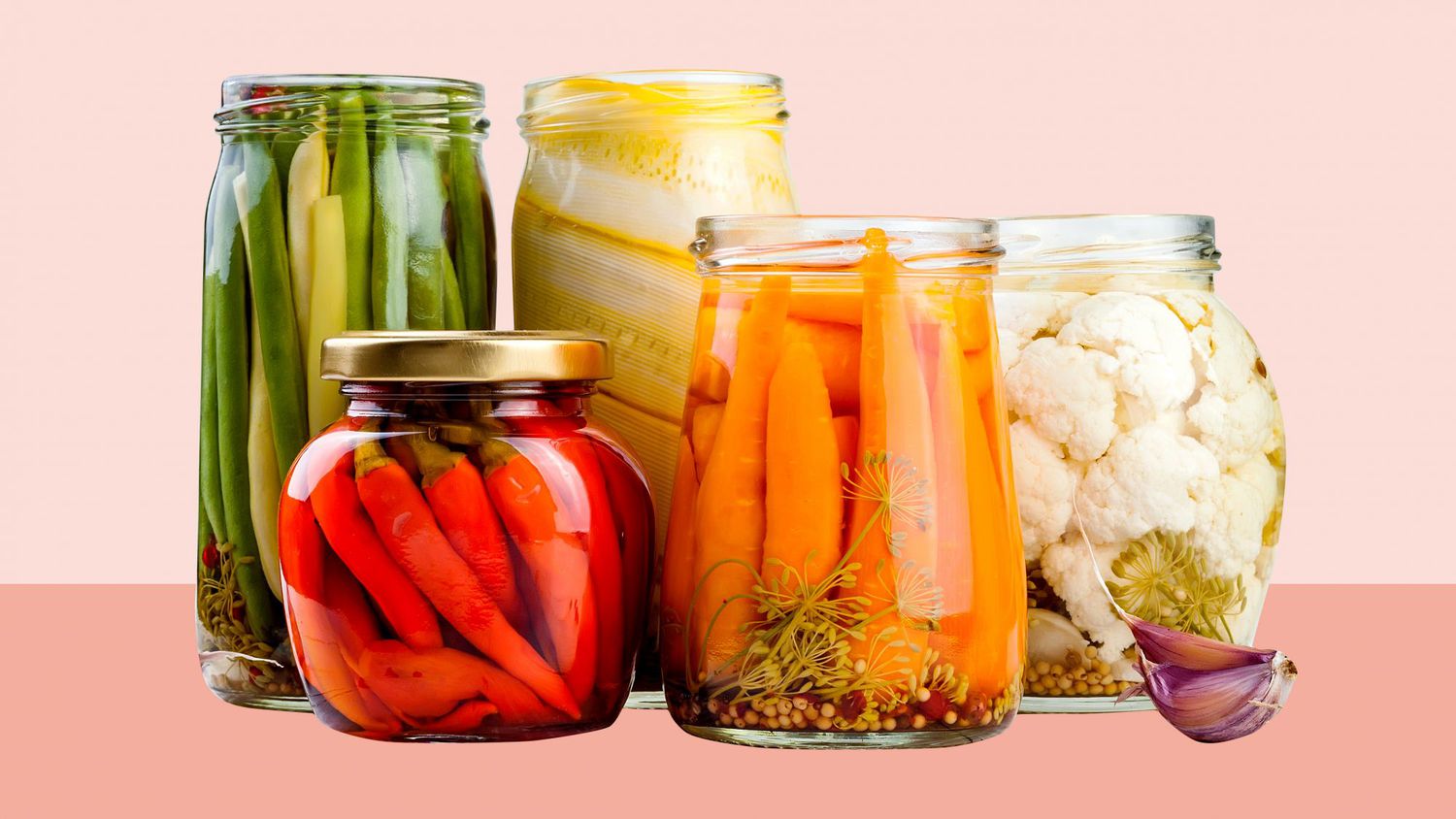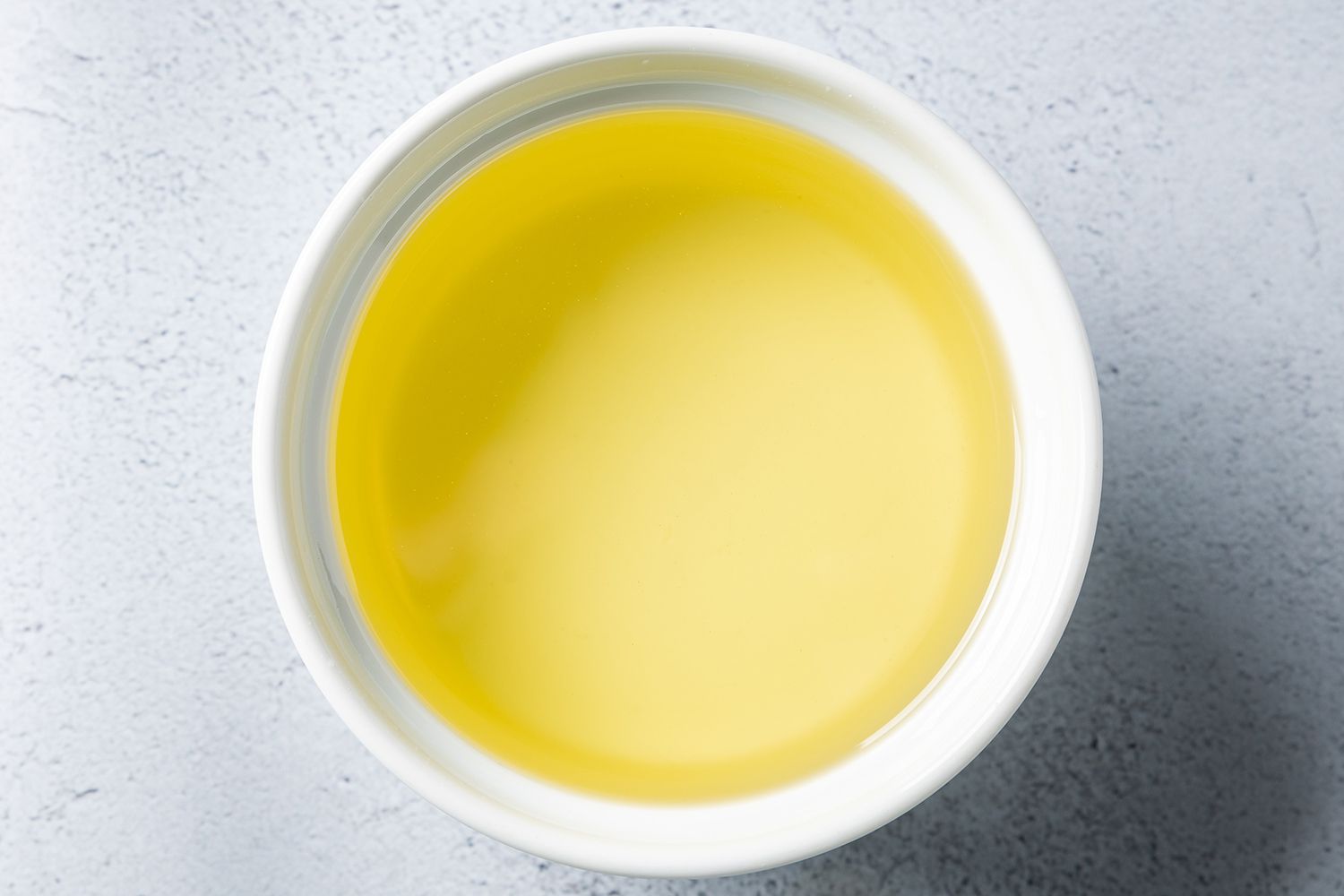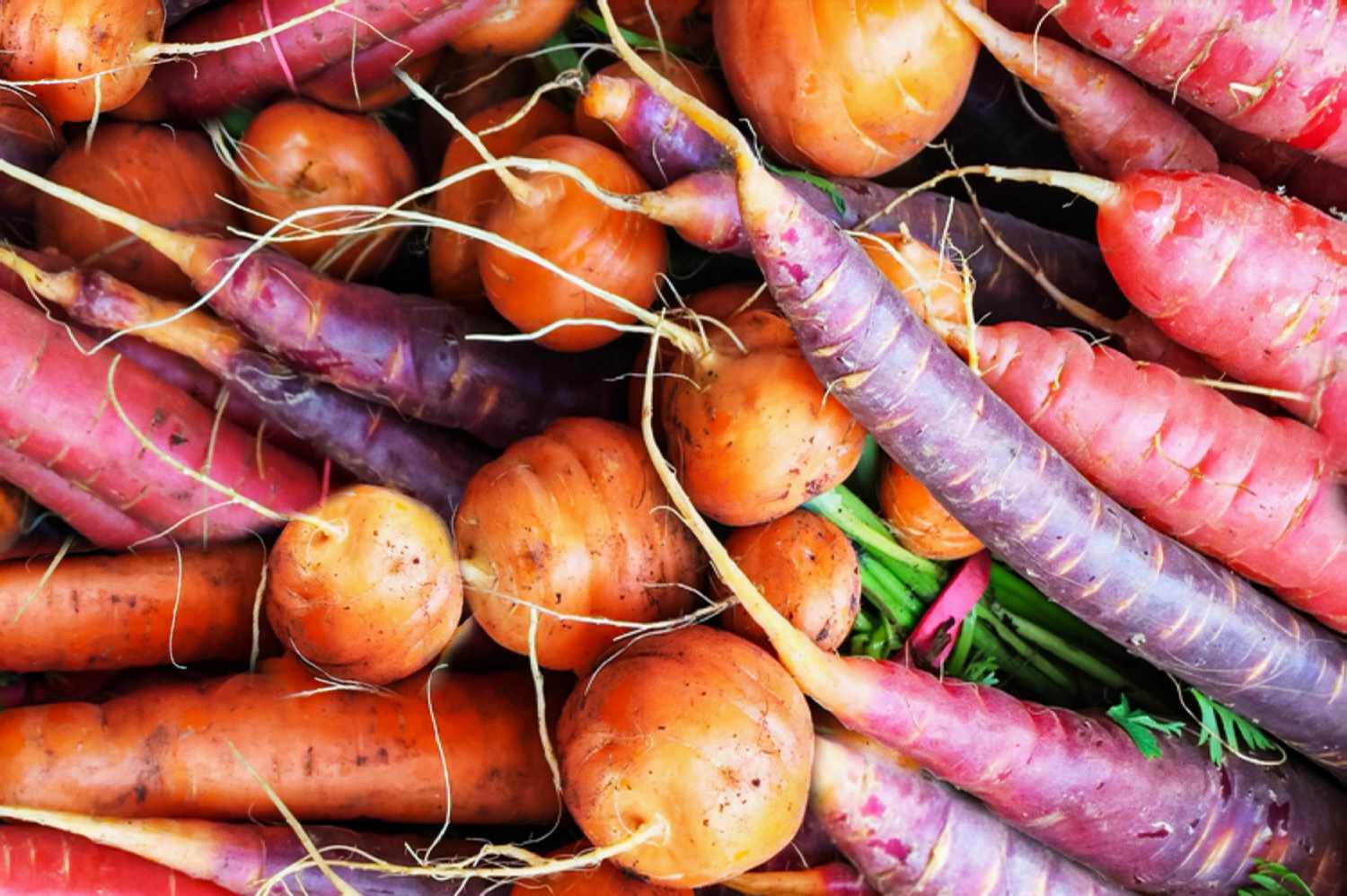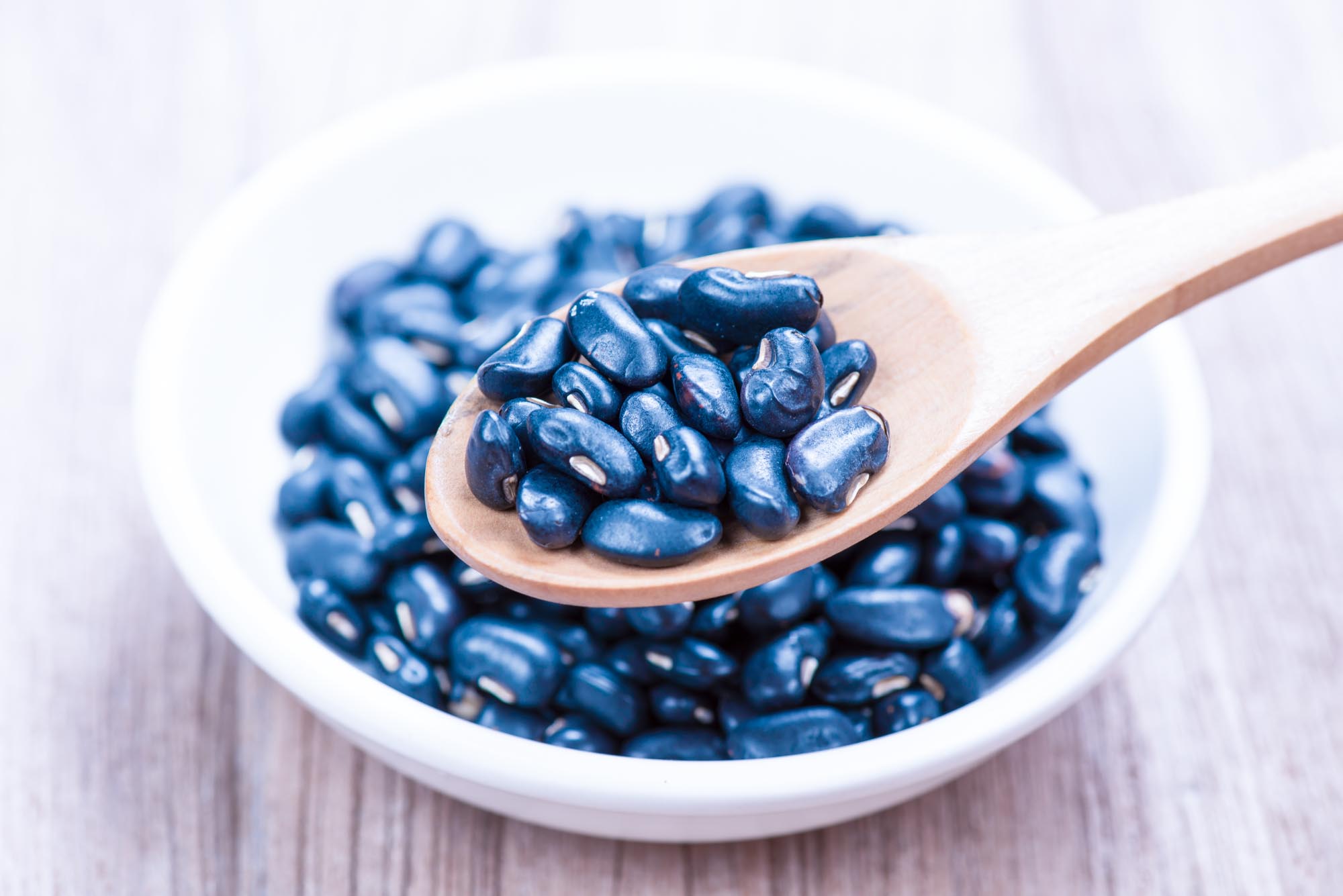Home>Types of Gardening>Edible Gardening>What Are Stem Vegetables
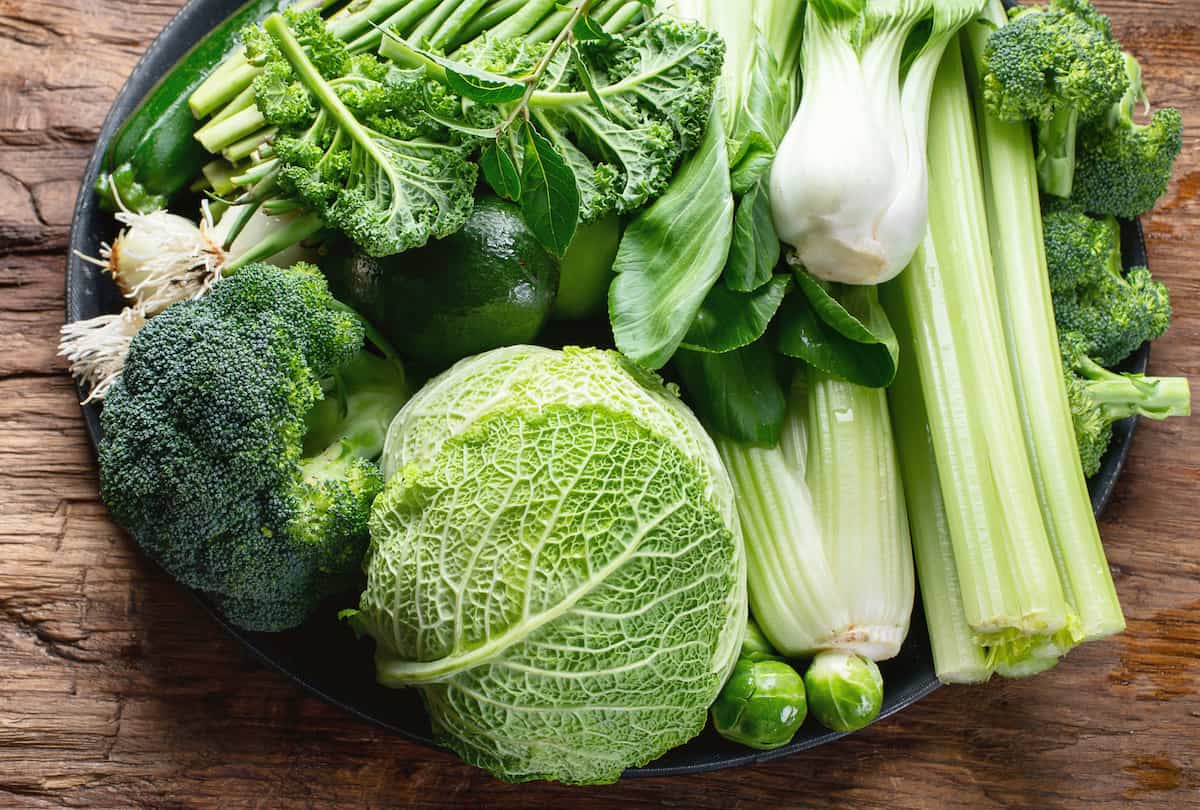

Edible Gardening
What Are Stem Vegetables
Modified: February 10, 2024
Learn about stem vegetables and how you can grow them in your own garden. Discover the benefits of edible gardening and start enjoying fresh, nutritious produce.
(Many of the links in this article redirect to a specific reviewed product. Your purchase of these products through affiliate links helps to generate commission for Chicagolandgardening.com, at no extra cost. Learn more)
Table of Contents
Introduction
Welcome to the world of edible gardening! If you’re a fan of fresh and sustainable food, growing your own vegetables can be a rewarding and satisfying experience. While most people are familiar with common vegetables like tomatoes, lettuce, and carrots, there is a whole world of lesser-known vegetables waiting to be explored. One such category is stem vegetables.
Stem vegetables are a unique and intriguing twist on traditional garden fare. While many vegetables are known for their leaves, roots, or fruits, stem vegetables put the spotlight on the edible parts of the stem itself. These vegetables offer a variety of flavors, textures, and culinary possibilities that will surely spice up your meals.
In this article, we will delve into the fascinating world of stem vegetables. We will explore their definition, examples, nutritional benefits, culinary uses, and tips for growing and harvesting them in your own garden. Whether you’re a seasoned gardener or just starting out, this guide will provide you with all the information you need to incorporate stem vegetables into your edible garden.
So, let’s embark on an exciting journey and discover the wonders of stem vegetables!
Definition of Stem Vegetables
Before we dive into the world of stem vegetables, let’s start by understanding what exactly they are. Stem vegetables refer to a unique group of edible plants where the main part consumed is the stem or stalk. Unlike other vegetables where the leaves, roots, or fruits are the focus, stem vegetables are prized for the tender and flavorful stems they produce.
The stems of these vegetables are typically crisp, succulent, and packed with nutrients. They vary in color, thickness, and texture, offering a wide range of culinary possibilities. Stem vegetables can be enjoyed raw in salads, pickled for a tangy bite, or cooked in various recipes to add a unique twist to your dishes.
What sets stem vegetables apart is their ability to regenerate. When you harvest their stems, many varieties have the ability to sprout new shoots and continue growing. This makes them an excellent choice for sustainable gardening, as you can enjoy multiple harvests from the same plant.
Now that we have a basic understanding of what stem vegetables are, let’s explore some examples of these delicious and versatile plants.
Examples of Stem Vegetables
Stem vegetables come in a wide variety of forms, each with its own distinct flavor profile. Let’s take a look at some popular examples:
- Asparagus: Known for its delicate, slender stems and mild earthy flavor, asparagus is a beloved stem vegetable. It can be enjoyed grilled, roasted, or steamed, and is a wonderful addition to pasta dishes, salads, and stir-fries.
- Celery: Crisp and crunchy, celery is a staple in many kitchens. While often used as a seasoning or in salads, the stems of celery can also be enjoyed on their own as a refreshing snack. They are packed with fiber and can be used as a low-calorie option for dipping in hummus or adding to stir-fries.
- Rhubarb: Although often mistaken for a fruit, rhubarb is actually a stem vegetable. Its vibrant red stalks have a tangy and tart flavor that is commonly used in pies, jams, and desserts. Rhubarb can also be cooked down into a compote or used to add a unique twist to savory dishes.
- Cardoon: Resembling a cross between celery and artichoke, cardoon is a lesser-known but highly delicious stem vegetable. It has a mild, nutty flavor and can be enjoyed raw in salads or cooked in soups, stews, or gratins.
- Kohlrabi: With its bulbous stem and leafy greens, kohlrabi is a unique and versatile stem vegetable. It has a crisp, slightly sweet taste and can be eaten raw in salads, roasted, or sautéed. The greens of kohlrabi can also be cooked and enjoyed as a nutritious side dish.
These are just a few examples of the diverse and flavorful stem vegetables available. As you explore the world of edible gardening, don’t be afraid to try new varieties and experiment with different cooking methods to fully appreciate the unique qualities of each stem vegetable.
Nutritional Benefits of Stem Vegetables
Stem vegetables offer not only unique flavors and culinary versatility but also a range of nutritional benefits. Incorporating these veggies into your diet can provide you with essential vitamins, minerals, and fiber. Here are some key nutritional benefits of stem vegetables:
- Rich in Fiber: Stem vegetables are generally high in dietary fiber, which plays a crucial role in maintaining digestive health. Fiber helps to promote proper digestion, prevent constipation, and regulate blood sugar levels.
- Vitamins and Minerals: These vegetables are a great source of vitamins and minerals that contribute to overall wellness. They often contain vitamins A, C, and K, as well as minerals like potassium and folate. These nutrients help support immune function, bone health, and contribute to a healthy cardiovascular system.
- Low in Calories: Stem vegetables are low in calories and high in water content, making them a great addition to a balanced diet. They can help you feel satisfied and full without adding excessive calories, making them ideal for weight management.
- Antioxidant Properties: Many stem vegetables, such as asparagus and rhubarb, contain antioxidants that help protect the body against cellular damage caused by free radicals. Antioxidants are associated with reducing the risk of chronic diseases and promoting overall health and longevity.
- Hydration Support: Due to their high water content, stem vegetables can contribute to your daily hydration needs. Staying hydrated is important for maintaining energy levels, supporting cognitive function, and helping your body perform at its best.
By incorporating stem vegetables into your meals, you can enjoy the nutritional benefits they offer while adding variety and flavor to your diet. Remember to pair them with other nutrient-rich foods to create well-balanced meals and take advantage of the wide range of nutrients available in different types of stem vegetables.
Culinary Uses of Stem Vegetables
Stem vegetables are incredibly versatile in the culinary world and can be used in various ways to elevate your dishes. Their unique flavors and textures make them a valuable addition to salads, soups, stir-fries, and even desserts. Here are some popular culinary uses of stem vegetables:
- Raw in Salads: Many stem vegetables can be enjoyed raw in salads. Add thinly sliced asparagus or kohlrabi to your green salad for a refreshing crunch. Celery can be chopped and mixed with other veggies for a crunchy and hydrating salad option.
- Grilled or Roasted: Stem vegetables like asparagus and cardoon are delicious when grilled or roasted. Coat them in olive oil, sprinkle with salt and pepper, then grill or roast until tender. This brings out their natural sweetness and adds a smoky flavor.
- Stir-fried: Stir-frying is a quick and easy way to cook stem vegetables while maintaining their texture and flavor. Slice celery, kohlrabi, or bok choy stems and stir-fry them with other veggies and protein for a nutritious and flavorful meal.
- Pickled: Stem vegetables can also be pickled to add a tangy and crunchy element to your dishes. Pickled asparagus, rhubarb, or kohlrabi stems are a delightful addition to charcuterie boards, sandwiches, or antipasto platters.
- In Soups and Stews: Many stem vegetables can be added to soups and stews to enhance their flavor and nutritional value. Cardoon, celery, and kohlrabi stems can be chopped and added to broths or chunky vegetable soups for added texture and taste.
- In Desserts: While it might come as a surprise, some stem vegetables can be used in sweet dishes as well. Rhubarb is a prime example and is often found in pies, tarts, jams, and compotes, adding a delightful tanginess to the dessert.
These are just a few examples of the many culinary uses for stem vegetables. Don’t be afraid to get creative in the kitchen and experiment with different cooking methods and flavor combinations. Stem vegetables can bring a unique twist to your meals and add excitement to your dining experience.
Growing and Harvesting Stem Vegetables
Growing your own stem vegetables can be a rewarding and enjoyable experience. Here are some key tips to keep in mind when growing and harvesting these delicious plants:
- Choose the Right Location: Stem vegetables generally prefer full sun for optimal growth. Ensure that your garden bed or container receives at least 6-8 hours of direct sunlight each day.
- Prepare the Soil: Good soil preparation is essential for growing healthy stem vegetables. Amend the soil with organic matter, such as compost or well-rotted manure, to improve drainage and provide necessary nutrients.
- Planting: Follow the specific planting instructions for your chosen stem vegetables, as different varieties have different requirements. In general, plant at the recommended spacing according to the seed packet or plant label.
- Watering: Keep the soil consistently moist but not waterlogged. Regular, deep watering is preferable to shallow, frequent watering. Avoid overhead watering, as it can lead to disease issues.
- Weeding and Mulching: Keep the area around your stem vegetables free from weeds, which can compete for nutrients and water. Apply a layer of organic mulch, such as straw or wood chips, to suppress weeds and conserve moisture.
- Support and Stake: Some stem vegetables, like asparagus, may require support or staking to keep the plants upright and prevent them from falling over. Use stakes or a trellis system to provide necessary support.
- Harvesting: Harvest stem vegetables when they reach the desired size and thickness. Asparagus spears can be snapped off at ground level when they are 6-8 inches tall. Celery stalks can be cut at the base when they are crisp and fully grown.
- Regeneration: Some stem vegetables, such as asparagus and rhubarb, have the ability to regenerate. Allow a few of the stems to continue growing after harvest, as this will help the plant maintain its energy and produce future harvests.
By providing the right growing conditions, regular care, and proper harvest techniques, you can enjoy a bountiful crop of stem vegetables in your own garden. The process of tending to these plants can be immensely satisfying, and the reward of harvesting and enjoying your homegrown produce is truly delightful.
Popular Stem Vegetable Varieties
There are numerous types of stem vegetables that you can choose to grow in your garden. Let’s take a look at some of the popular varieties:
- Asparagus (Asparagus officinalis): This perennial vegetable is well-loved for its tender and flavorful stems. Varieties like ‘Mary Washington’ and ‘Purple Passion’ are popular choices for home gardening.
- Celery (Apium graveolens): Commonly used for flavoring soups and salads, celery varieties like ‘Utah’ and ‘Giant Red’ offer crunchy and aromatic stalks that are packed with flavor.
- Rhubarb (Rheum rhabarbarum): Rhubarb varieties like ‘Victoria’ and ‘Crimson Red’ produce vibrant red stems that are commonly used for making pies, jams, and desserts.
- Cardoon (Cynara cardunculus): With its striking appearance and mild, nutty flavor, varieties like ‘Gobbo di Nizza’ and ‘Porto Spineless’ are popular choices for growing this unique stem vegetable.
- Kohlrabi (Brassica oleracea var. gongylodes): Known for its bulbous stem and delicate flavor, kohlrabi varieties like ‘White Vienna’ and ‘Purple Vienna’ are versatile options in the world of stem vegetables.
These are just a few examples of the many stem vegetable varieties available. Other notable stem vegetables include celeriac, bamboo shoots, and lemongrass. When choosing varieties, consider factors such as climate suitability, taste preferences, and gardening space available.
Remember, each stem vegetable variety may have its own unique growing requirements, including planting depth, spacing, and expected harvest time. Be sure to read the specific instructions provided on seed packets or plant labels to ensure successful cultivation.
By exploring different stem vegetable varieties, you can expand your culinary horizons and enjoy an assortment of flavors, textures, and colors from your own garden.
Conclusion
The world of stem vegetables is a fascinating and flavorful one. These unique vegetables, with their focus on the edible parts of the stem, offer a diverse range of flavors, textures, and culinary possibilities. From the crisp and tender asparagus to the tangy and versatile rhubarb, stem vegetables add a delightful twist to meals and bring a vibrant addition to your garden.
Not only do stem vegetables provide culinary excitement, but they also offer a multitude of health benefits. Packed with fiber, vitamins, minerals, and antioxidants, these vegetables contribute to a well-rounded and nutrient-rich diet. By growing them in your garden, you can enjoy the rewards of fresh, healthy produce that you have nurtured from seed to harvest.
Whether you’re a seasoned gardener or just starting out, incorporating stem vegetables into your edible garden is a great way to expand your palate and explore new flavors. From raw salads to grilled delights, from savory soups to sweet desserts, stem vegetables lend themselves to a wide array of culinary creations.
So why not venture beyond the traditional garden fare and explore the wonderful world of stem vegetables? Discover their unique qualities, experiment with different varieties, and savor the joy of homegrown goodness on your plate. Happy gardening and bon appétit!

